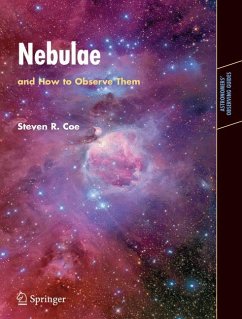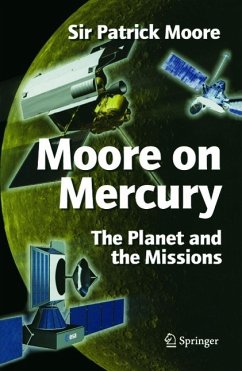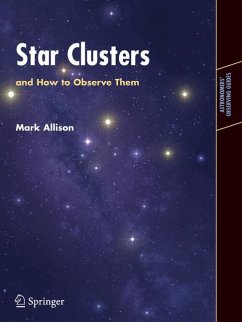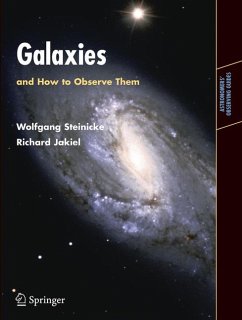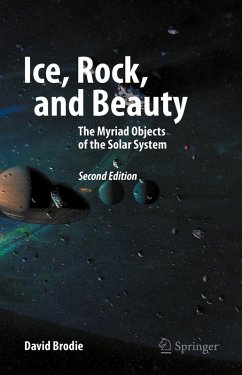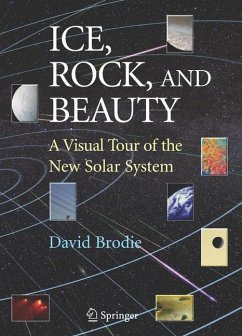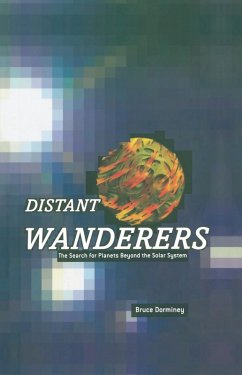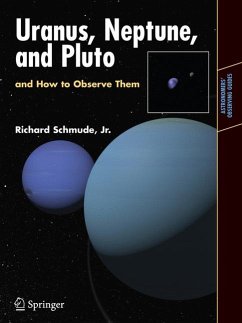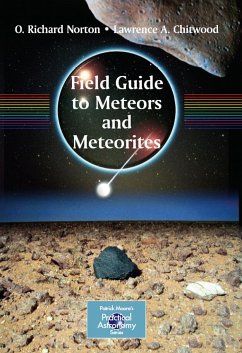
Saturn and How to Observe It (eBook, PDF)
Versandkostenfrei!
Sofort per Download lieferbar
30,95 €
inkl. MwSt.
Weitere Ausgaben:

PAYBACK Punkte
15 °P sammeln!
This is a book in a new series designed for practical amateur astronomers who not only want to observe, but want to know the details of exactly what they are looking at. Saturn is the second largest planet in the solar system, and the only one with a spectacular ring system that is easily visible from Earth. It is a gas-giant, a huge world dominated by its rings and a retinue of moons and is probably the most commonly observed and imaged planet for amateur astronomers, because it is always changing - the moons move visibly in the course of an hour, the weather systems on the planet change, and...
This is a book in a new series designed for practical amateur astronomers who not only want to observe, but want to know the details of exactly what they are looking at. Saturn is the second largest planet in the solar system, and the only one with a spectacular ring system that is easily visible from Earth. It is a gas-giant, a huge world dominated by its rings and a retinue of moons and is probably the most commonly observed and imaged planet for amateur astronomers, because it is always changing - the moons move visibly in the course of an hour, the weather systems on the planet change, and the orientation of the ring alters this way and that. The concept of the book - and of the series - is to present an up-to-date detailed description (part one); and then (part two) to consider how best to observe and record the planet, its moons and its ring system succesfully.
Dieser Download kann aus rechtlichen Gründen nur mit Rechnungsadresse in A, B, BG, CY, CZ, D, DK, EW, E, FIN, F, GR, HR, H, IRL, I, LT, L, LR, M, NL, PL, P, R, S, SLO, SK ausgeliefert werden.




